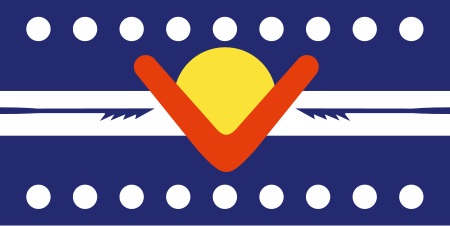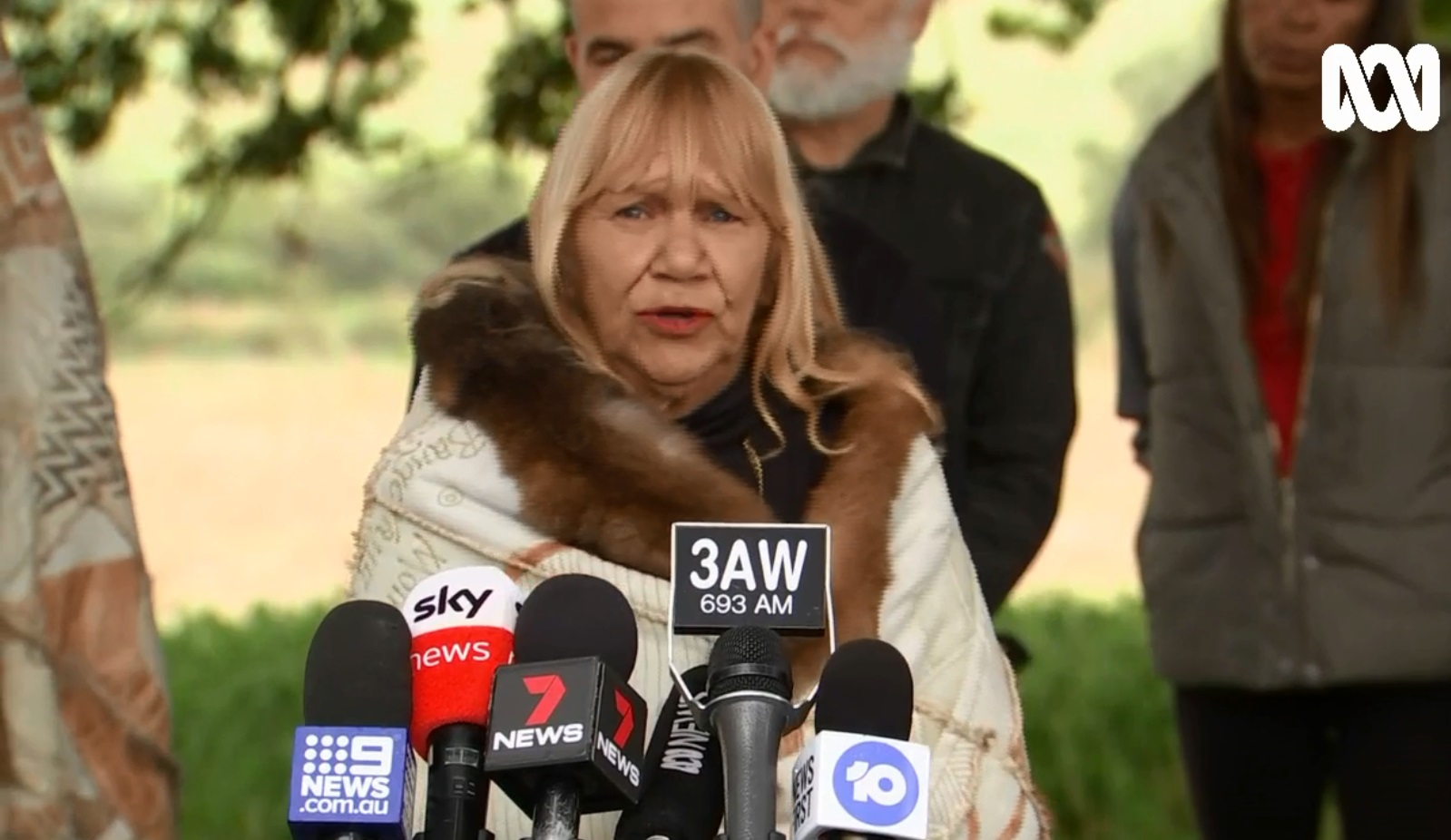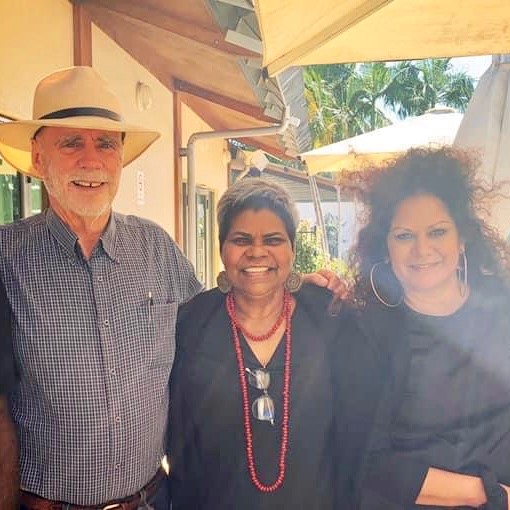An ancient bone artefact discovered on Ngarrindjeri country in South Australia has provided archaeologists insight into technologies once used by Aboriginal people in the area.
The bone point tool, which is believed to be from an animal from the marsupial family, was uncovered by a team from Griffith and Flinders Universities at Murrawong near Murray Bridge amongst a midden site that was originally excavated in 2008.
The bone has only just been processed and radiocarbon dating found it to be between 5,300 and 3,800 years old.
Senior Lecturer in Archaeology and Indigenous Studies at Flinders University, Dr Christopher Wilson said the find is important because it provides opportunities to understand how bone technology was used in the region and how they were adapted to a riverine environment.
It is believed the item could have been used to pierce soft materials and was potentially a projectile point or a pin on a possum fur cloak.
The last bone discovery in the Lower Murray River Gorge was uncovered in the 1970s.
“The region is quite important for the Ngarrindjeri, but also for archaeology in Australia in terms of colonisation and migration models of people around the continent.”
Dr Chris Wilson
Dr Wilson, who is a proud Ngarrindjeri man told The WIRE Radio, finding an artefact of this nature was extremely rare as not all areas or soil have the right preservation conditions, and organic or bone artefacts will eventually break down over time.
“Some of the bone tools, even when they’re discarded are quite small and they fracture, so when you’re excavating it’s very hard to recover them from sites,” he said.
“The kind of sieves and methods that we use will capture the larger artefacts, we’re constantly trying to use better methods to recover smaller artefacts.”
Dr Wilson added, the region where the bone point tool was found “is quite important for the Ngarrindjeri, but also for archaeology in Australia in terms of colonisation and migration models of people around the continent.”
“It is understood the riverine environment could sustain large populations, we know of a lot more burials located in this region than other regions in Australia and trying to understand the technologies that went with people’s life at that point in time, in the Holocene – which is the last 10,000 years, is something that I’m really interested in exploring.”
“That’s the time when sea levels started to change, around 6,000 years ago, so this bone implement that was recovered comes from a site that was dated to around that time. We know that as the sea levels rose, and the environment started to change, that people had bone technology and used other types of technology for fishing, possibly projectile points and for piercing soft materials.”
“So, quite sophisticated and complex technologies and use of the landscape that people must have adapted to, and we can kind of make those inferences from something like a bone point.”
“So even just one find, of one bone point, tells us that people were using this technology in the area and continued to for a certain amount of time.”





